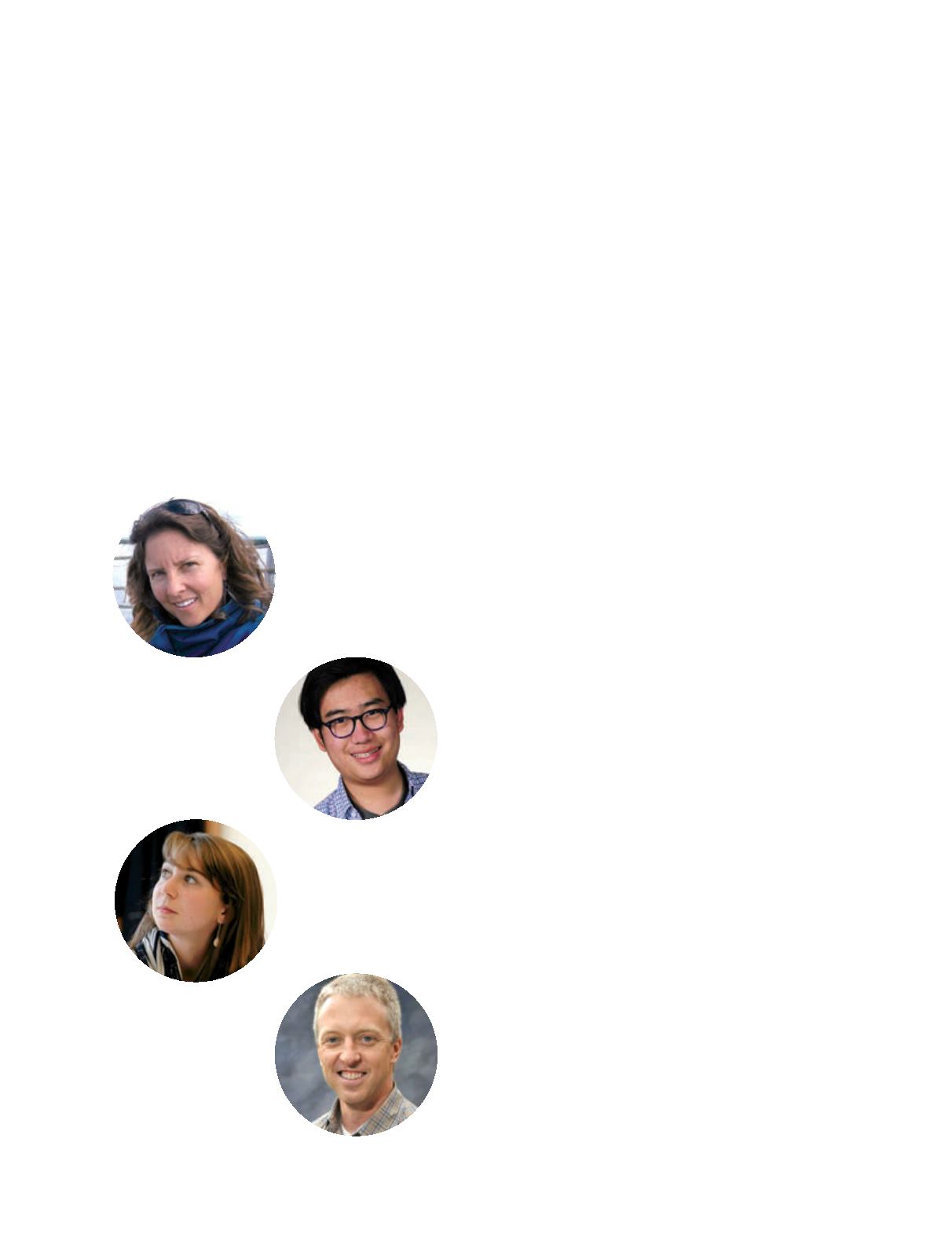
4
PERSPECTIVES
When I read Mike Hirschfeld’s e-mails last summer
relating news of the Labrie case, it was like two worlds
colliding. I’ve spent the last 16 years supporting campuses
on a national level to prevent high-risk student behaviors –
substance use, violence, and sexual assault chief among
them, helping schools create comprehensive approaches
that reflect the research base and engage in a change pro-
cess that holds the greatest promise of success. Naturally,
I extended an offer to assist.
After initial discussions prior to the 2014-15 academic
year, I enlisted two colleagues frommy network to support
a rapid response consultation, first examining SPS survey
data on a range of behaviors and the campus climate of
inclusivity, followed by a two-day site visit. We met with
students, faculty, and staff from across campus, focusing
our discussions with people serving critical roles in shap-
ing student life. The recommendations we put forward
focused on how SPS could develop more effective pre-
vention programming for the current academic year –
the issues requiring immediate attention – and farther
reaching goals for improvement.
One solution we introduced is an innovative program
designed by my colleague, Alan Berkowitz, that helps
people intervene when problems arise. Such bystander
intervention programs are commonly used in college
and high school settings. The key differentiator of this
model is the incorporation of social norms theory – the
idea that our behaviors are highly influenced by our
understanding of what is normal or expected of us within
our particular culture, environment, or group.
Social norms prevention programs are grounded upon
data demonstrating that most people are healthy in their
attitudes and beliefs and want to do the right thing, yet
they commonly overestimate the extent of unhealthy
behaviors and attitudes among their peers. These
“misperceptions of norms” serve to reinforce unhealthy
behaviors and attitudes, while also creating barriers
for people to intervene in problematic situations. In
essence, this combined approach intends to create
healthy culture and community, emboldening and en-
franchising the healthy majority among us, while put-
ting on notice those who may be unhealthy, destructive,
or who reinforce inequities.
This model allows us to address a variety of problems
in school populations everywhere – substance use, hazing,
sexual harassment and violence, mental health concerns,
inclusivity and diversity, all of which are worthy of closer
examination at SPS and other similar institutions. The
research literature demonstrates that these challenges do
Over the last year, since word of a sexual assault
on the St. Paul’s School grounds has spread, the
School and its culture have been scrutinized
within our own community and by the worldwide
media. Here we offer four perspectives on what
St. Paul’s is doing to continue building healthy
community and how students, parents, and alumni
feel about the trial and the questions that have
arisen over a number of long, challenging months
for the SPS family.
Community Reflections
A PUBLIC HEALTH APPROACH
Helen Stubbs
Helen Stubbs ’87
The benefits of innovative
bystander training
Joon Lee ’16
Engaging in
school-wide reflection
Amanda Morrison ’15
Casting our school in an
unfamiliar light
Eric Jacobsen ’83, P’14,’18
Not wanting this to
define his son’s experience


